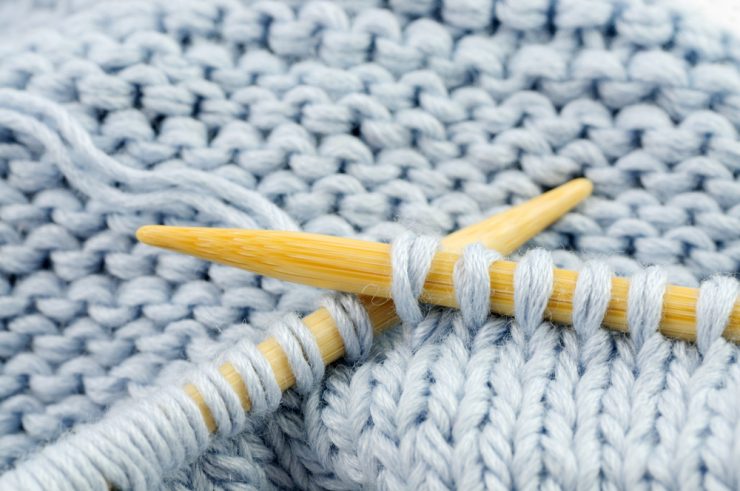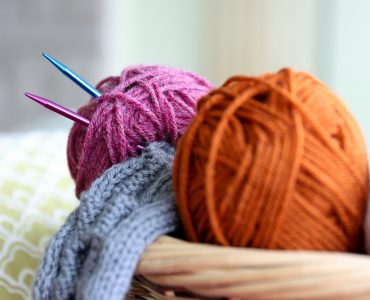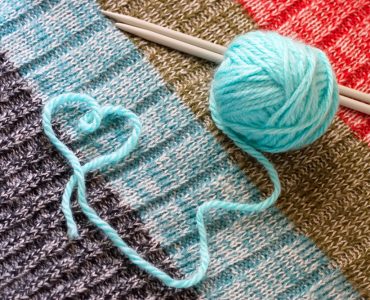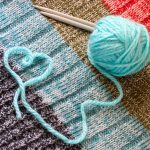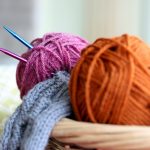Casting on, also called binding on, is the first step of knitting. Casting on is the initial creation of stitches on the needle. There are different styles of casting that can be utilised for different effects. Some casting styles can be stretchy for laces and others can provide decorative edging. The provisional cast-ons are applied for knitting that continues in both directions of the cast-on.
There are various methods used for casting on. The Thumb method, (also called as ‘long tail’ or ‘slingshot’ cast-ons), creates stitches by a sequence of loops that give a loose edge best for border knitting and ‘picking up stitches.’ In double needle method, also known as ‘cable cast on’ or ‘knit on’, every loop placed on the needle is knitted on, which gives the fabric a stronger edge.
Most Western style knitters use either the English style, where the right hand holds the yarn, or the continental style, where the left hand holds the yarn. A third, less common method known as “combination knitting” can also be used. It is also possible to use seamless knitting, in which a whole fabric is knitted as a single piece. Elizabeth Zimmermann is likely the best known proponent of circular or seamless knitting techniques.
When knitting larger fabrics like sweaters, the finished garment should be made of various knitted pieces with single parts of the garment knitted separately and then stitched together. Smaller items, like hats and socks, are typically knitted in one piece by using circular or double pointed needles. When casting on, the number of active stitches is not affected unless stitches are increased or added, or decreased or removed.


